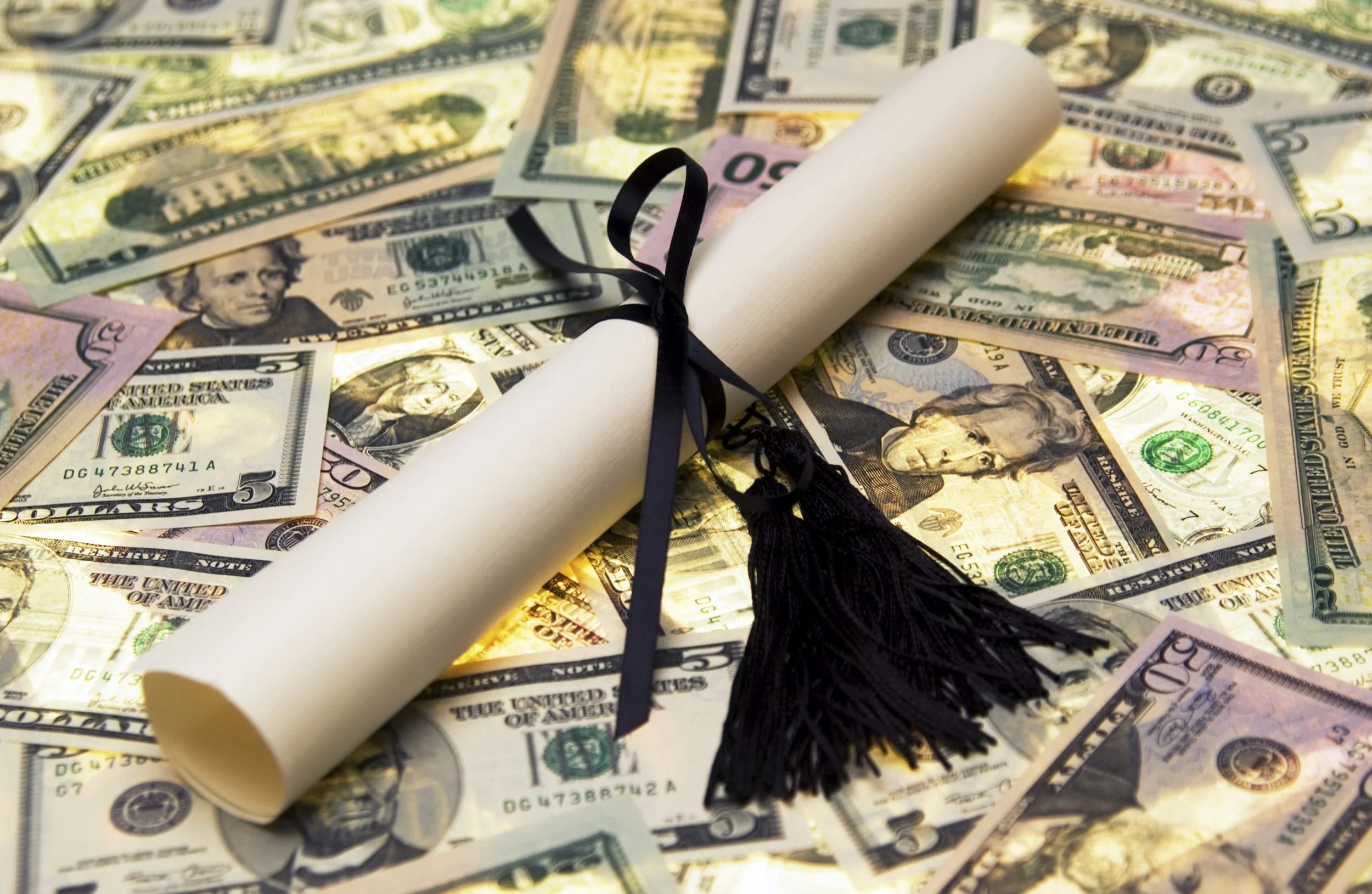This post may contain affiliate links. Please read my disclosure for more information.
For anybody out there dealing with the choice that they made to take out student loans, you may be looking for opportunities to find a way to get rid of those student loans. I was able to utilize student loan forgiveness and have made it my goal to educate everyone on the loan forgiveness opportunities available to them.
Related: We Crushed Student Loans using Student Loan Forgiveness
In this article of Student Loan Forgiveness Info, we are going to focus on Federal Direct Loans. I will be defining the loan and listing all the possible ways that you can utilize student loan forgiveness.
A Direct Loan is a federal student loan, which is made through the William D. Ford Direct Loan Program. There are multiple types of loans that fall under Direct Loans. Each type of Direct Loan will be listed below with a description.
- Direct Subsidized Loans
- Available to undergrads with financial need
- US Department of Education pays the interest while you are in school, during your grace period (6 months after completing school) and during deferment
- Direct Unsubsidized Loans
- Available to both undergrads and graduates.
- No requirement to show financial need
- Must pay all interest during all periods of the loan
- Interest will accrue if you chose to not pay during school or forbearance
- Direct PLUS Loans
- US Department of Education is your lender
- Cannot have bad credit
- Must pay all interest during all periods of the loan
- Interest will accrue if you chose to not pay during school or forbearance
- Direct Consolidation Loans
- A combination of one or more of the loans listed above
- Only required to make one payment instead of multiple
- Period of re-payment is extended
Note: I did not list off any of the terms about amount or anything else, because I am not a big fan of taking out loans for college. Therefore, if you are interested in taking out a loan for college, you can go look at each specific loan for terms and amount linked above. For strategies on paying for college and avoiding debt click on the link below.
Related: Student Loans: A Necessary Evil?
With the direct loans, there are lots of ways to have your loans forgiven. There are multiple programs offered by the federal government that will allow you to get your loans forgiven, cancelled or discharged. Below is a list of all possible ways to get your direct loans paid off.
- Closed School Discharge
- Allows for 100% discharge of student loans if a school closes
- Only eligible if the school closes while enrolled or the school closes 120 after withdrawing
- You must notify loan servicer and start the process of filling out paper work
- You must fill out an application for loan discharge
- You must continue to make monthly payments until you are notified that the loan has been discharged
- Once application has been approved, you no longer owe the debt
- Public Service Loan Forgiveness
- This program forgives the remaining balance of student loans, after paying 120 qualifying payments or 10 years of making payments
- Must work for a qualifying employer
- Qualifying employer includes: (1) Government Organizations, (2) Non-profit 501(c)(3) organizations (3) Other types of non-profits that provide qualifying public services, or (4) serving in AmeriCorps or Peace Corps full time
- Non-qualifying employers include: (1) labor unions, (2) partisan political organizations, (3) For-Profit Organizations, and (4) Non-profits that are not tax exempt.
- If you feel like you qualify for this program, you can fill out this form to apply.
- Teacher Loan Forgiveness
- Up to $17,500 of student loans can be forgiven for math/science/special education teachers
- Up to $5,000 of student loans can be forgiven for elementary and all other secondary teachers
- Teachers must be considered highly qualified.
- For more information, read my article: What is Teacher Loan Forgiveness? Is it Worth It?
- Total and Permanent Disability Discharge
- Discharge of loan due to a disability
- Must be able to prove that the disability
- Must apply for the discharge
- For more information visit disabilitydischarge.com
- Discharge Due to Death
- If you die, your student loans can be discharged
- Discharge Due to Bankruptcy
- Very rare, but is possible if you file an "adversary proceeding"
- The adversary proceeding will request that the bankruptcy court to determine that repaying student loans would impose a hardship
- False Certification of Student Eligibility or Unauthorized Payment Discharge
- Eligible if:
- School falsely certified your eligibility to receive the loan
- School signed your name on the application or promissory note without your authorization
- Your loan was falsely certified due to identity theft
- Eligible if:
- Unpaid Refund Discharge
- Eligible if:
- you withdraw from school, but the school didn't pay a refund it owed to the Depatment of Education
- Eligible if:
- Borrower Defense Discharge
- Your loans can be discharged if a school misled or engaged in misconduct of laws
- Must complete a borrower defense application
Note: A student loan forgiveness, cancellation or discharge maybe required to be reported on your taxes as income. You can read my article linked below on the possible tax implications of student loan forgiveness.
Related: Student Loan Forgiveness: Are there Any Tax Implications?
It really is amazing, that the government offers so many programs for student loan forgiveness or discharge. If you are interested in more information on these programs you can e-mail your loan servicer questions about any of these programs or you can contact me. I am more than happy to answer any questions.







